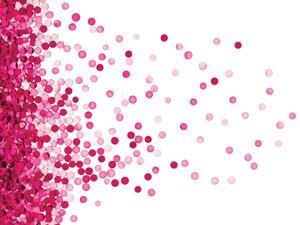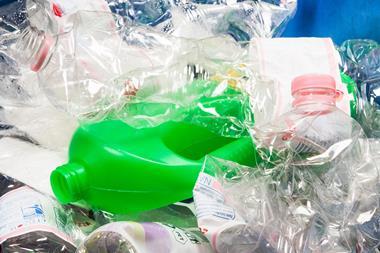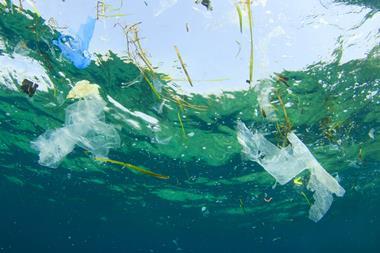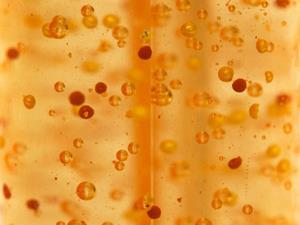The world has a big problem with small plastics and the time to act is now

As a child I spent many a happy hour scouring the fossil-rich coast of the Isle of Sheppey in Kent, hunting out ammonites, belemnites and sharks’ teeth. But in among the relics of long extinct prehistoric monsters, I’d also find curious little multi-coloured shards and beads. Looking back now, I realise that this was an early encounter with the scourge of the polymer age: microplastics.
Microplastics are the new cause du jour, a problem that the world is only just waking up to. Definitions vary but a good rule of thumb is that they’re pieces of plastic smaller than 5mm in size. And the problem is huge: one study estimated that there are 5 trillion pieces of plastic in the oceans and 92% of them are microplastics.
Their diminutive size means that once microplastics enter waterways they can slip through water treatment works unnoticed. They then enter rivers and seas where they are eaten by fish and other marine animals, ultimately ending up on our plates. It’s still early days in this fast moving field, but there are concerns about the effects that plasticisers and other chemicals in these ingested polymers might have on people and marine life.
Governments around the world are now starting to take this problem seriously, and one of the first targets is microbeads. These small plastic beads are added to cosmetics and body washes as exfoliators. The US has said it will ban them, with other countries discussing similar measures. Commendably, the UK has just said that it will consider a ban if the EU doesn’t act.
Banning the beads is an easy win – an end to microbeads is hardly disruptive and firms that make personal care products are getting on board with plans to phase them out. And there’s a lesson here for manufacturers: look before you leap. Before creating a new formulation, firms should consider its impact on the environment from cradle to grave.
Unfortunately, the problem of microplastics is much bigger than plastic beads in your shower gel. Much of the microscopic plastics in the world’s rivers and oceans didn’t start out as microplastics. They were once plastic bags, food packaging or fishing nets, since broken down by photodegradation and other weathering processes. To tackle these microplastics policymakers need to think big and consider myriad issues including production, recycling, water treatment and final disposal. In short: change the way we use plastics. The world has a big problem with small plastics and it’s now past time to act.
Patrick Walter, News editor












No comments yet